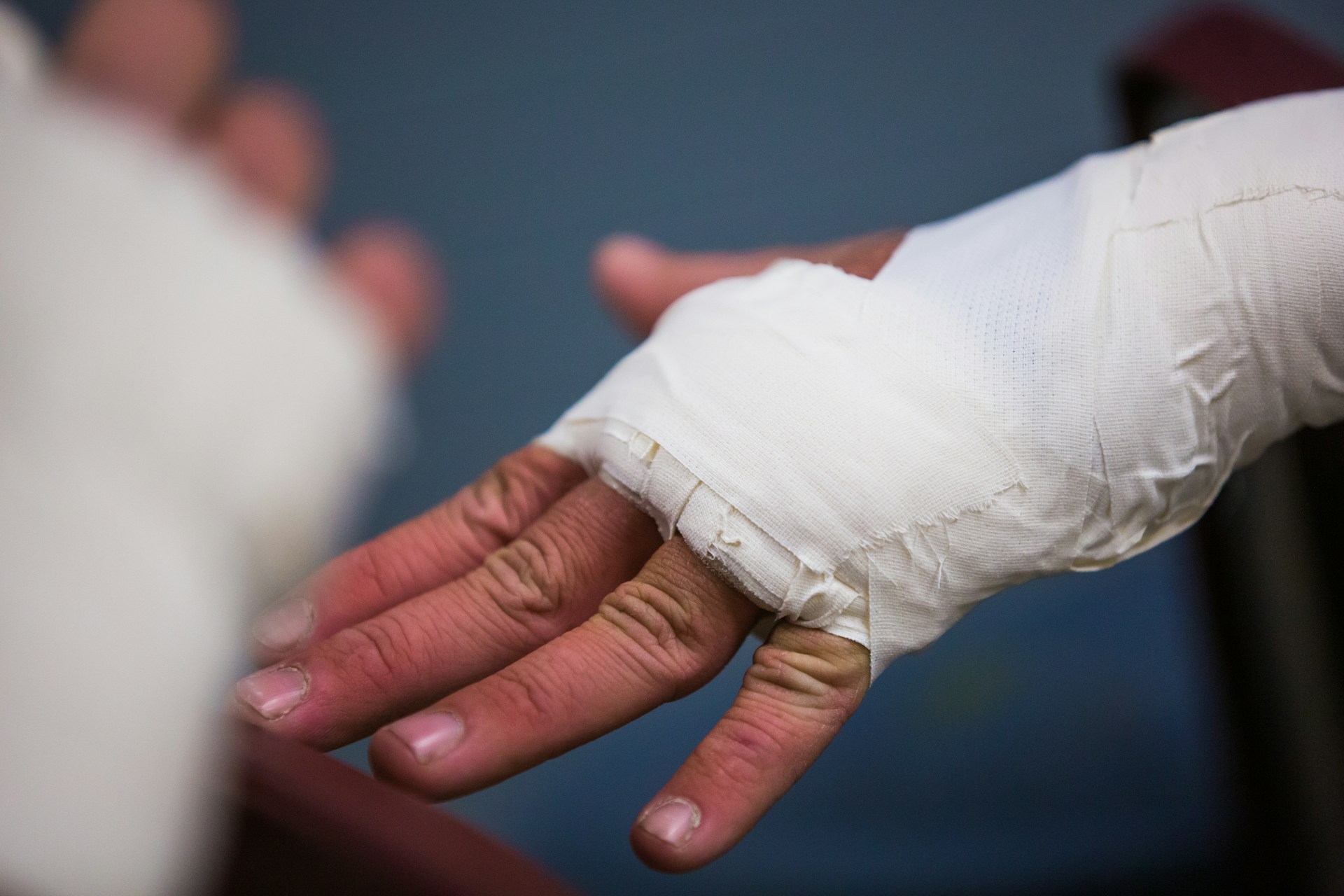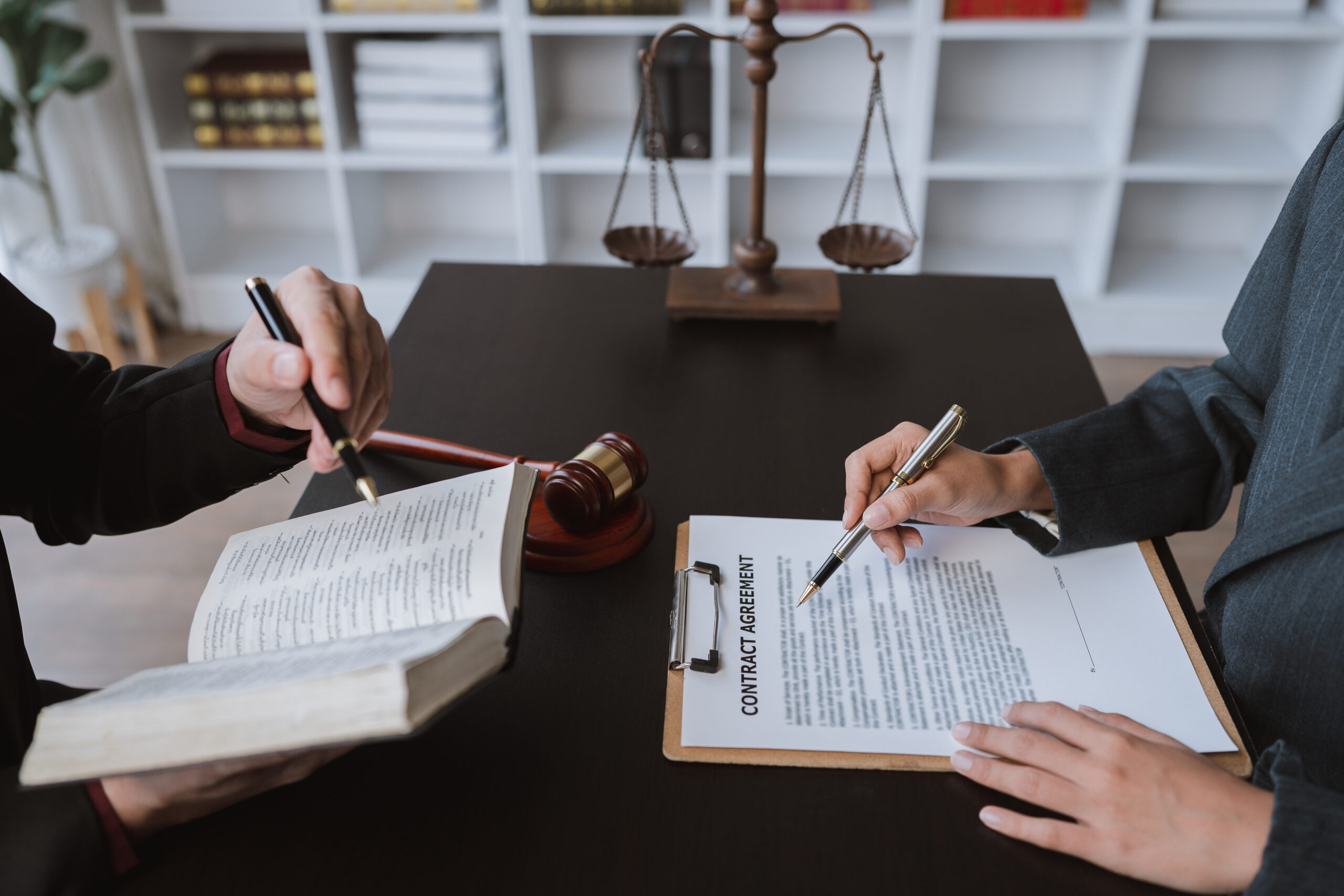Now Reading: How to Prove Non-Economic Damages for an Indiana Personal Injury Case
-
01
How to Prove Non-Economic Damages for an Indiana Personal Injury Case

How to Prove Non-Economic Damages for an Indiana Personal Injury Case
You can claim economic and non-economic damages for personal injury to compensate for tangible and intangible losses. While economic damages can easily be proven and measured through a summation of costs and expenses, non-economic damages are not so easy.
Due to its subjective nature, non-economic damages are more difficult to prove and measure. However, you must prove these damages sufficiently to win your claim and ensure a satisfactory settlement. This article outlines key steps to prove non-economic damages and strengthen your personal injury case.
Collect Medical Records
Medical records are the primary evidence for proving non-economic damages in personal injury. They provide objective evidence of pain, suffering, and emotional distress.
Your medical records support claims of pain and suffering with factual and professional records of the injuries sustained and treatment received. It may also include records of ongoing treatment such as therapy, showing continued suffering requiring ongoing care.
These records can also include notations of pain level and your subjective experience of pain, to prove severe or chronic pain. It can also document psychological conditions like depression, anxiety, or PTSD with links to your injury. This can help you prove emotional distress.
Get Expert Testimony
Testimony from medical experts like doctors and surgeons is also effective for proving non-economic damages. These experts can explain the severity of your injury, outline the required treatment, and highlight the long-term effects on your quality of life and ability to work.
As professionals, expert witnesses can easily show a causal link between the at-fault party’s negligence, your injury, and the resulting damages. Mental health experts like psychologists and psychiatrists can help prove emotional distress. They can share their professional opinions to show the psychological and emotional impact of injuries on your overall well-being.
Offer Personal Accounts and Witness Statements
As the victim, you remain in the best position to prove your non-economic damages. Your loved ones who are close to or live with you can also provide powerful testimonies through witness statements.
Your testimony and theirs can show how the accident and injury changed your daily life and overall quality of life and affected your relationships. This is an excellent way to prove loss of consortium.
A journal documenting your emotional state, pain, and suffering is powerful evidence you can present. Corroborate evidence from you, your family, and friends adds credibility to your claim, demonstrates impact, and helps refute any false claims from the at-fault party or their insurance company.
Demonstrate Loss of Enjoyment of Life
You can prove loss of enjoyment of life by highlighting the activities you used to enjoy but can no longer carry out due to your injury. Share records, images, and videos of your past participation in these activities and medical records showing your limitations.
If the injuries are projected to cause long-term harm, use a professional diagnosis to prove future loss of enjoyment of life.
Calculating the Value of Non-Economic Damages
Since non-economic damages are subjective and have no precise financial value, the jury usually determines the value of the damages based on the level of impact they discern on your life.
This is why it is important to prove non-economic damages to the greatest extent possible. Choose reliable legal representation like Habig Injury Law in Indiana to help you get the most satisfactory compensation for your damages. They can help you leverage expert opinion or use the multiplier method to calculate your emotional damages and convince the jury to uphold your claim.
Endnote
Non-economic damages have no direct financial value, so determining the value depends on the extent of impact on a victim’s life. This is why it is important to substantiate your claim by proving non-economic damages to the greatest extent possible. You can do this by collecting medical records, expert, and witness testimony, providing a personal account, and demonstrating loss of enjoyment of life.










